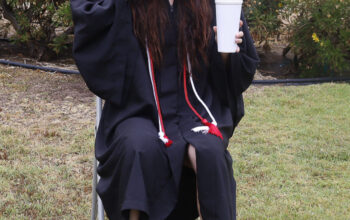With classes being administered online via Zoom, a new struggle for professors is whether or not students should be made to turn their video on when in class.
College students should not be required to turn on their cameras during class.
While having their webcams on may help professors engage with their students and allow for them to notice body language and gestures, it doesn’t take into account the struggles of low-income college students.
The move from in-person to online classes particularly affects lower-income students who don’t have the resources needed to continue their education online. That’s why there is a lack of privacy when it comes to having cameras turned on during class.
When in-person classes were in session, students were allowed to disclose their personal lives at their own free will.
Some students may feel uncomfortable sharing their living situation with their classmates, such as sharing a room with multiple siblings who also have online classes or experiencing homelessness.
A survey done in collaboration by the Wisconsin HOPE Lab and the Association of Community College Trustees found that one in five California community college students were living in homelessness last year.
By requiring students to turn on their camera, instructors neglect the harsh reality that many students don’t have a suitable space to learn.
College campuses provide students with many resources such as quiet places to study and a reliable internet connection. These are resources that students need but that many struggle to have at home.
Students with unreliable internet connections have no choice but to turn their camera off for a better connection.
Instead of requiring students to turn their cameras on, students can actively participate by using their microphone or the chat features that Zoom provides.
Online classes should be designed for students to feel comfortable in their learning environment and requiring cameras does not allow for that privilege.



